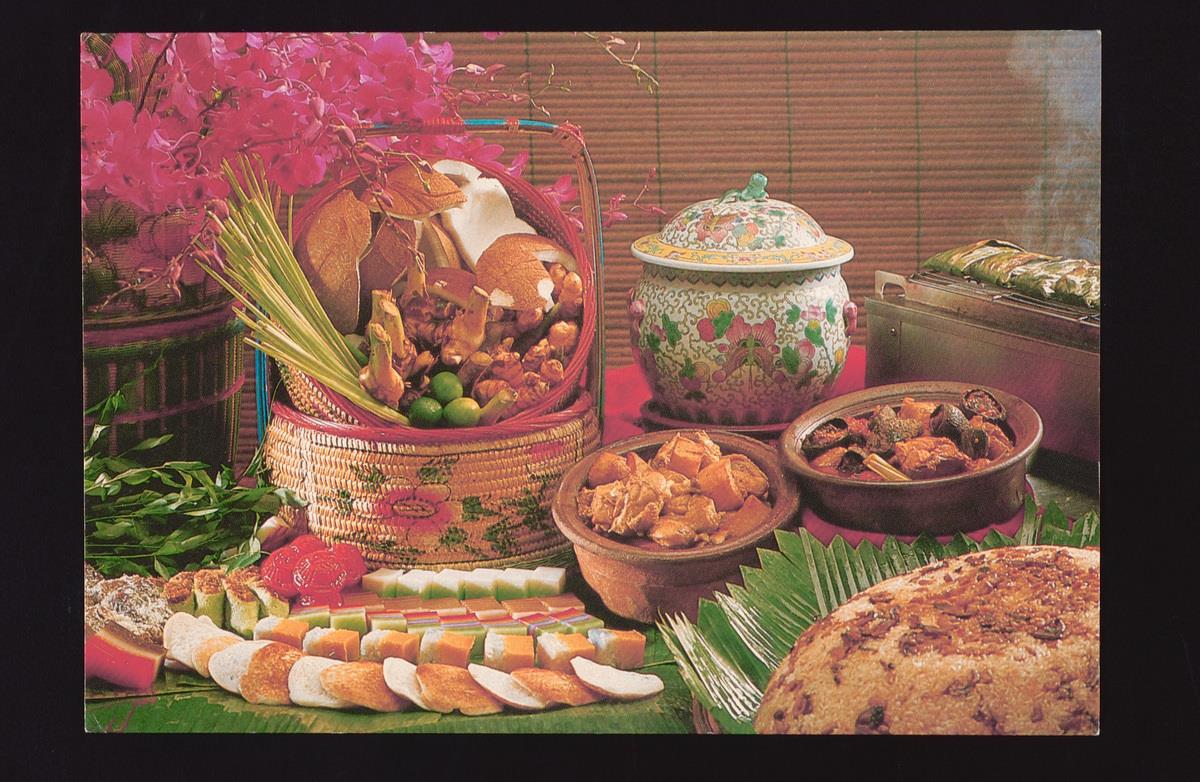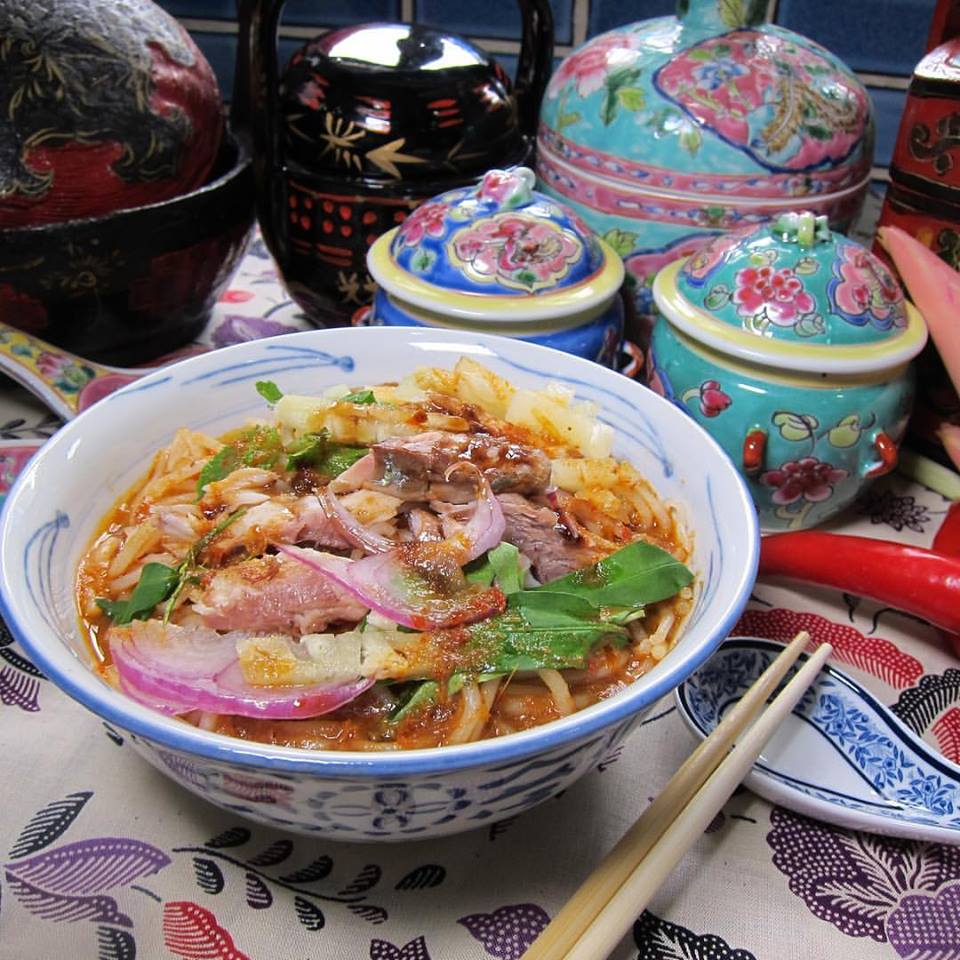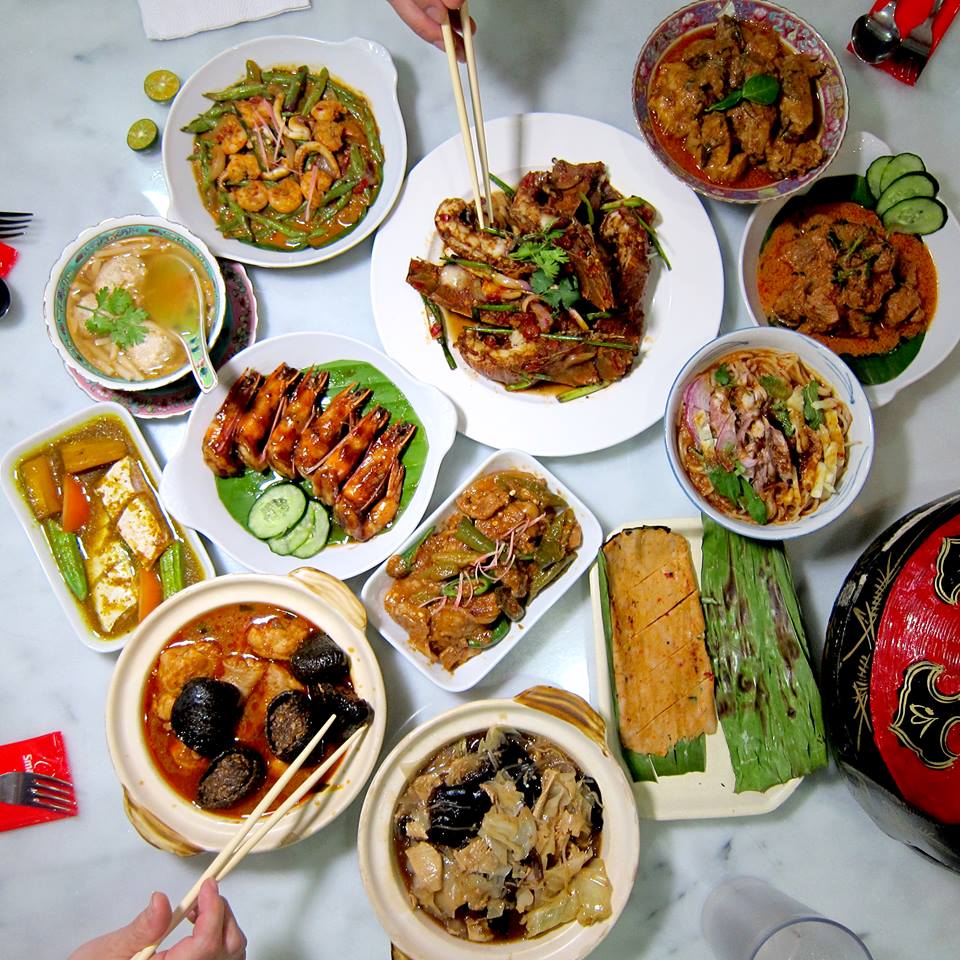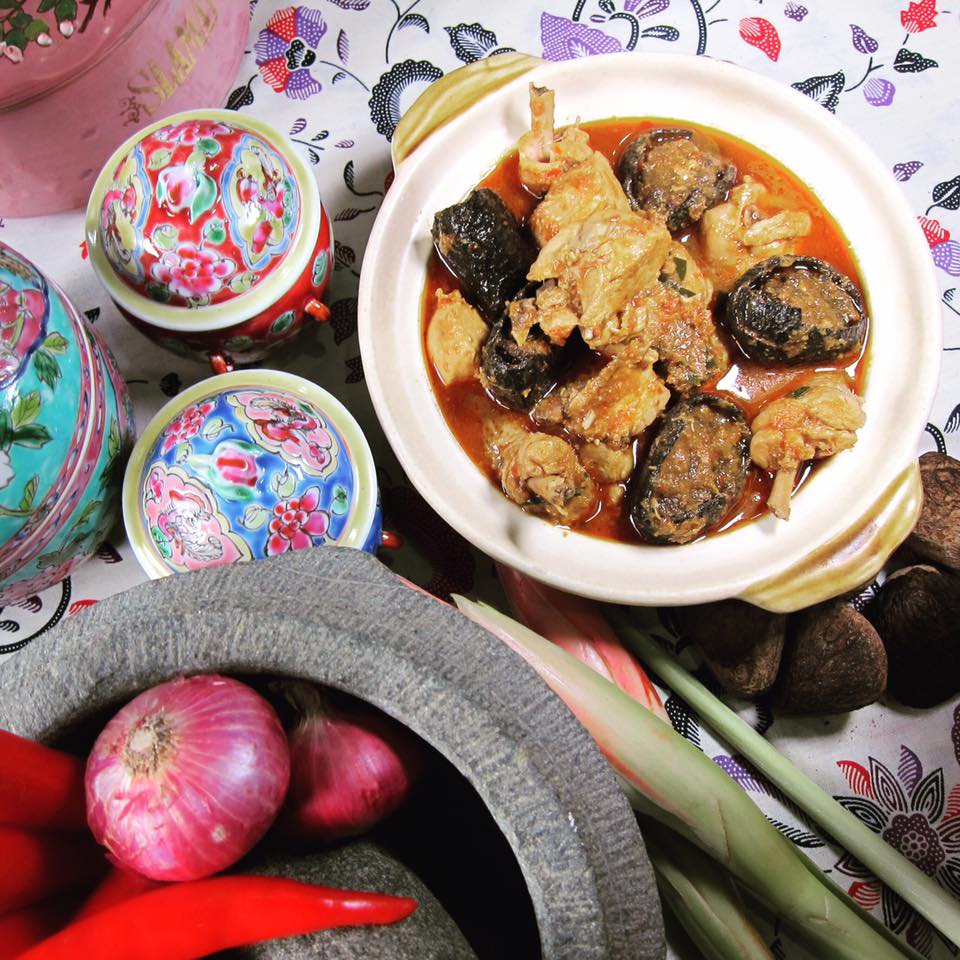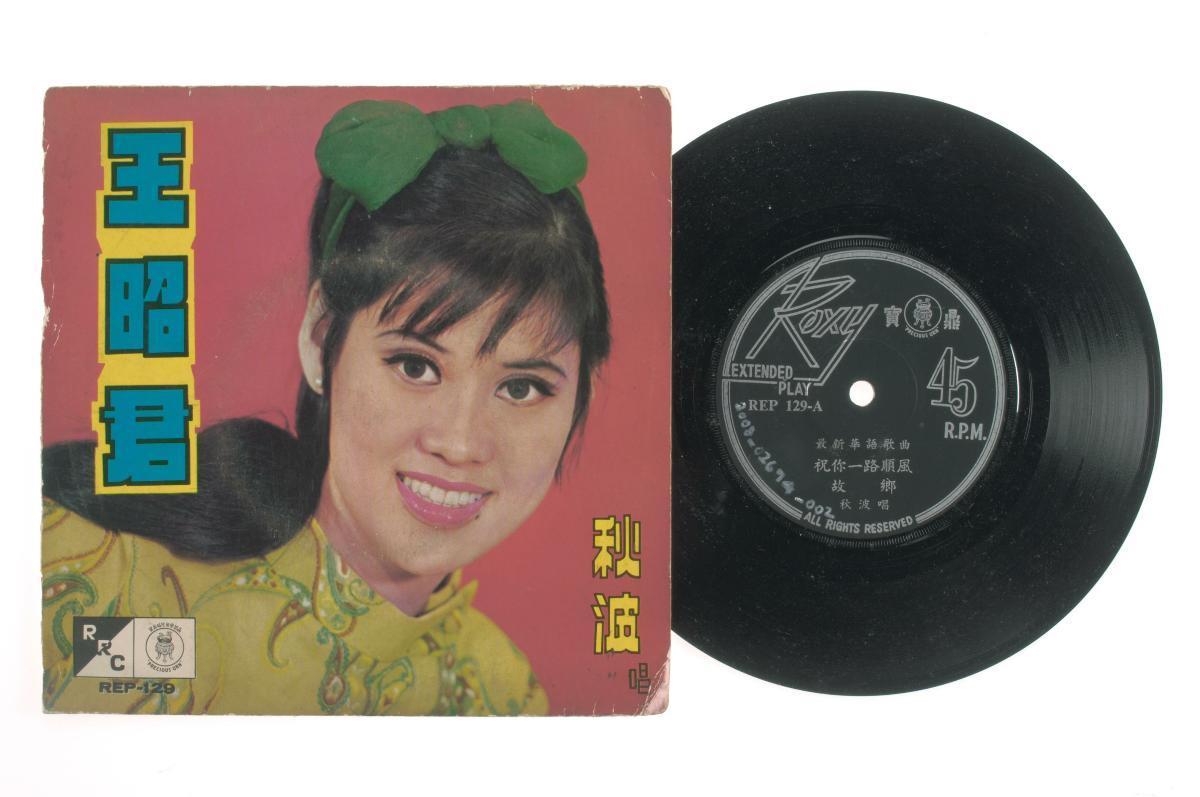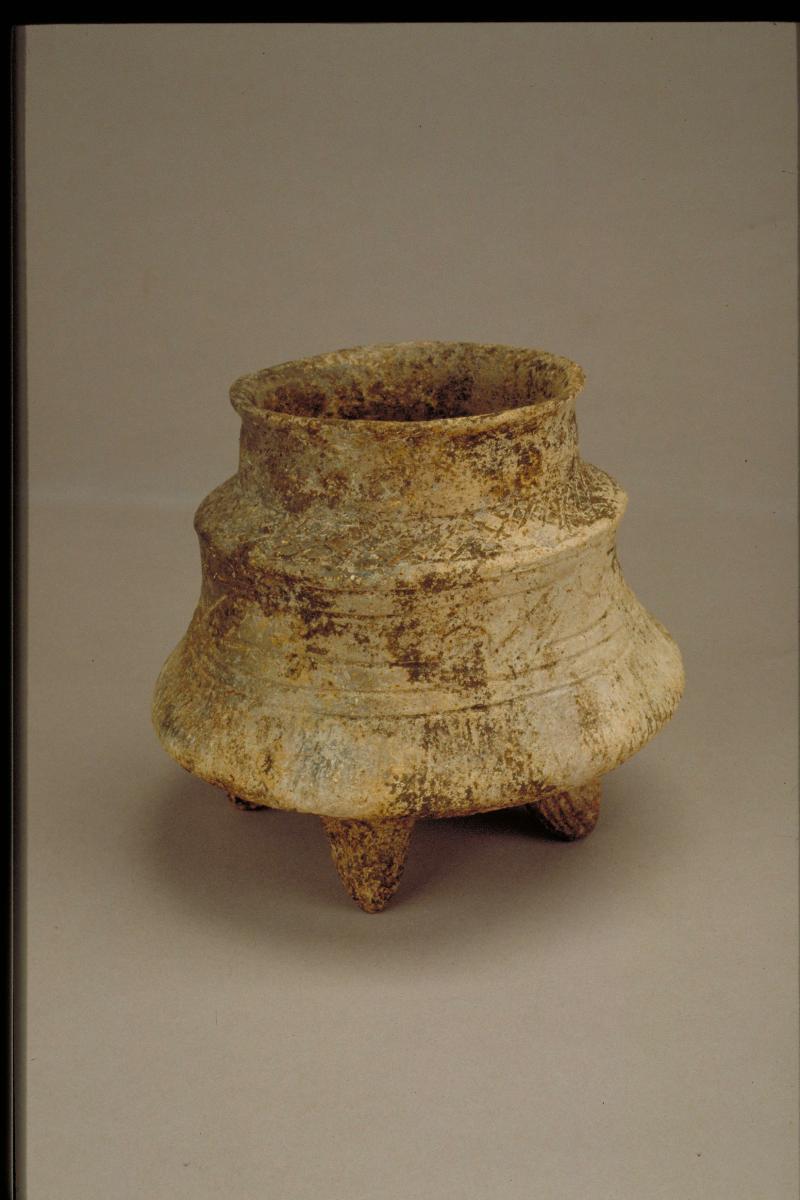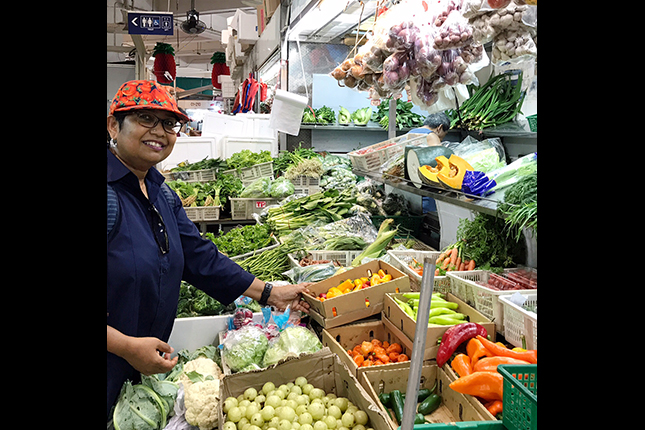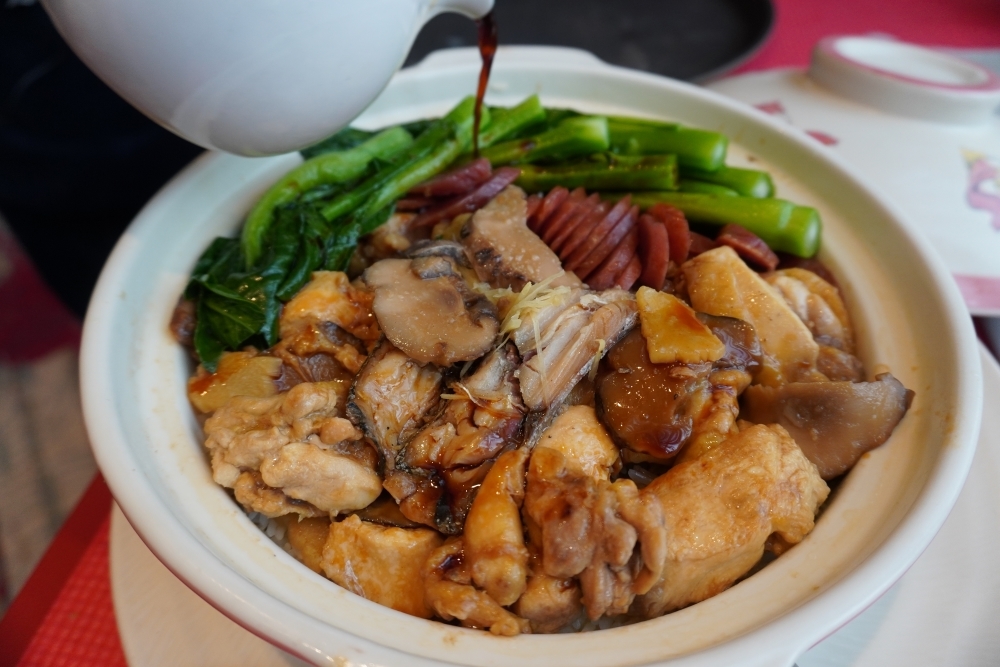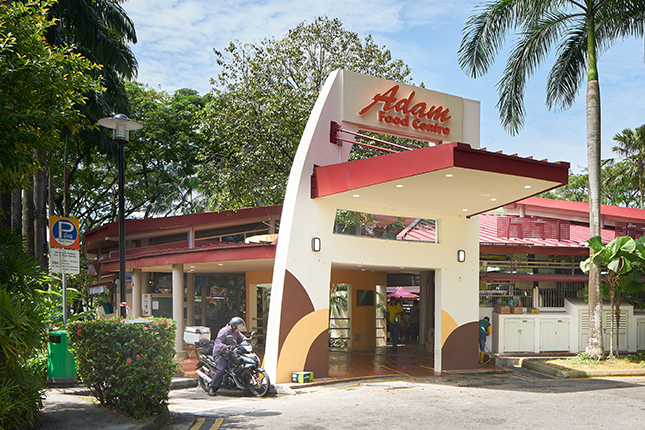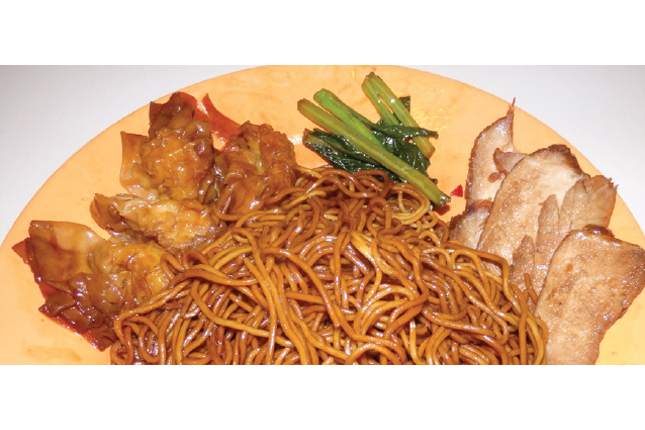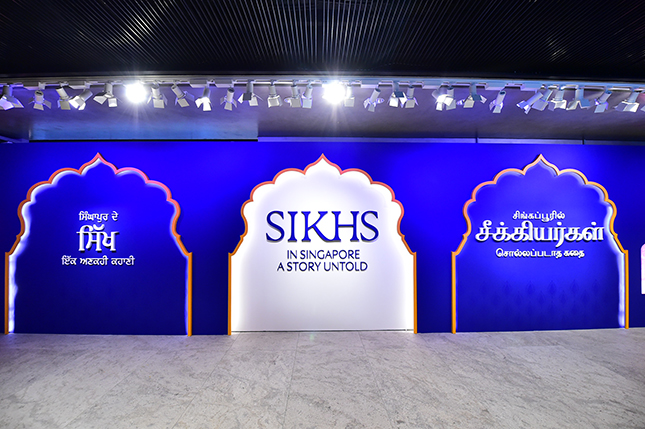Peranakan Cuisine in Singapore
Peranakan cuisine can be described as a hybrid of Chinese (mainly Hokkien but also Hainanese), Malay, Indian, Thai and Western colonial (Portuguese, Dutch and English) influences. The term Peranakan generally refers to people of mixed Chinese, Malay and Indonesian heritage, although not all Peranakans are of Chinese ancestry. Peranakan cuisine arose through a blend of Chinese ingredients and cooking techniques, along with species and native ingredients used by the indigenous Malays.
The cuisine is typically aromatic and spicy, and features ingredients that reflect its hybridised roots. This includes the use of Malay spices such as belacan (dried fermented shrimp paste) and daun limau purut (kaffir lime leaf), as well as ingredients more common to Chinese food such as pork and kiam chye (pickled vegetable). Fruits such as belimbing (a tropical fruit belonging to the same family as the starfruit) and mangoes may be added to give a tangy taste. There are also regional variations, which reflect the influences of the geographical location of each community, although these are becoming less distinct over time.
Geographic Location
Peranakan Cuisine can be found in various parts of the Malay Archipelago, particularly in Malaysia, Indonesia and Singapore.
Communities Involved
In Singapore, Peranakan cuisine is prepared and consumed by the Peranakan community, as well as the wider community in Singapore. Peranakan cuisine in Singapore can be found at a variety of establishments, including eateries and upscale restaurants. Peranakan families also prepare various Peranakan dishes at home, especially during festive celebrations.
Associated Social and Cultural Practices
Food is one of the most distinctive aspects of Peranakan culture, and preparing Peranakan dishes is a skill passed down to family members, most particularly between mother and daughter(s) and/or daughter(s)-in-law.
However, there is no one “conventional” way of cooking Peranakan food as the process differs by individual, and indeed, preparation methods constantly evolve, such as using blenders to mix spices instead of pounding them by hand with a mortar and pestle.
An example of Peranakan cuisine is laksa, noodles served in a curry-based soup. In Singapore and Southern Malaysia, the curry is lemak (creamy) as it contains santan (coconut milk), while the curry in Penang and Northern Malaysia is prepared with fish stock, tamarind and pineapple instead, giving it a sour taste.
Other famous Peranakan dishes include ayam buah keluak (chicken braised in thick spicy gravy made with the black Indonesian buah keluak nut), babi pongteh (a pork stew seasoned with taucheo or yellow bean paste) and nyonya kueh (cakes made with ingredients like gula melaka and coconut). These festive dishes would have been prepared during festive periods such as Chinese New Year and less well-known are the simpler, daily home-cooked dishes.
Present Status
Peranakan food continues to be popular in Singapore, with flourishing Peranakan eateries serving up both traditional and modern interpretations of Peranakan food, together with many published cookbooks of family recipes.
References
Reference No.: ICH- 048
Date of Inclusion: April 2019; Updated March 2019
References
Khoo, Joo Ee, The Straits Chinese: A Cultural History, Pepin Press, 1996.
Wee, Peter, A Peranakan Legacy: The Heritage of the Straits Chinese, Marshall Cavendish, 2009.
Chia, Philip. Singapore Heritage Cookbook: Peranakan Heritage Cooking. Marshall Cavendish, 2012.




